Asia Economies to Benefit from China’s Opening in Second Half 2023
Not least, wobbly demand in mainland China contributed to the malaise. And yet, and yet: for all the furious headlines, most Asian economies managed to eke out respectable rates of growth. The Year of the Rabbit, however, is set to begin on a still softer note, as the lagged impact of all these crosswinds fully punches through. Quickly, however, firmer ground will come in sight: by mid-year, if not before, a swift rebound in mainland
China, led by pent-up consumer demand and a stabilising housing market, should provide a lift throughout the region. By then, central banks elsewhere will also have ended their tightening cycles, with some even looking to cut rates again to cushion growth. Another year, then, beckons when the region’s resilience is once more on display. The ‘Rabbit’, perhaps, may not speed ahead as quickly as one would like, but it’ll make steady, dogged progress nonetheless.
Full impact, not yet
It’s tempting to think that after a rough and dizzying year, stability is quickly setting in. And, yes, the tracks have been laid for an improvement over the course of 2023. Commodity prices have come off their towering heights, to the relief of hard-pressed consumers and many businesses.
Central bankers may thus also begin to ease off tightening in the coming months, while the news from mainland China, of economic ‘re-opening’ and greater support for the battered housing market, hints at stronger growth that may well put a floor under regional trade.
Alas, the impact of all the turbulence in 2022 is yet to fully come through in terms of growth. The tightening in monetary policy affects investment decisions with a lag; consumers are bound to slow their spending as higher prices curtail their purchasing power; and exports are yet to fully feel the hit from tumbling orders placed with manufacturers everywhere.
And then there is mainland China. The relaxation of COVID-19 control measures should support a strong recovery in consumer spending, especially services. But experience from other places suggests that the process can be bumpy, with a pull-back during any infection spike preceding the eventual bounce. Housing support measures, too, may take time to filter through.
As a result, growth in mainland China may turn out to be highly volatile, with a sharp contraction followed by a surge. On average, the economy should thus still deliver decent growth of 5% for 2023, which would also provide a boost to Hong Kong, not least with the arrival of more visitors. For Taiwan, however, the main challenge will continue to be a lacklustre global electronics cycle.
Japan, meanwhile, is also likely to see growth slide, despite additional fiscal support to offset the impact of higher living costs and weakening global trade. Korea, too, faces external challenges, while higher interest rates are curbing local demand. The Bank of Korea may thus be among the first central banks in Asia to cut interest rates in 2023.
Các tin khác
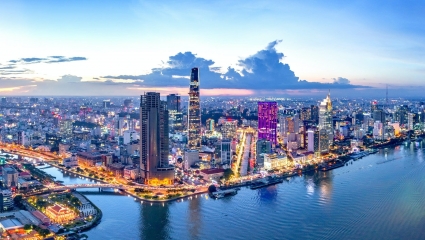
Standard Chartered Forecast Vietnam 2023 GDP Growth at 7.2%

Tough year expected for banks in 2023

Vietnam’s Hiking Cycle Under Way, HSBC Says

Amazon Global Selling Vietnam Reveals its 2022 Vietnam SMEs Empowerment
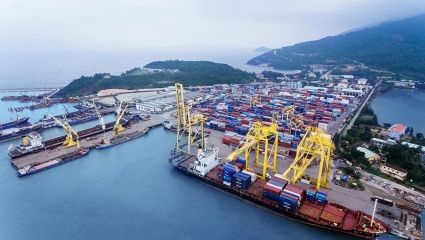
Vietnam: Bracing for a Trade Winter

One More HDBank Leader Registered to Buy HDB Shares
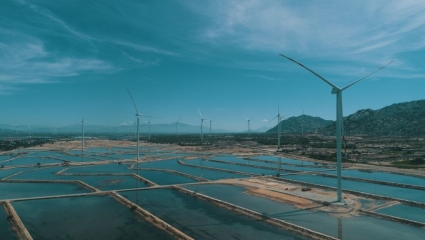
Sign of a Loan Agreement for Ninh Thuan Province Onshore Wind Power Project
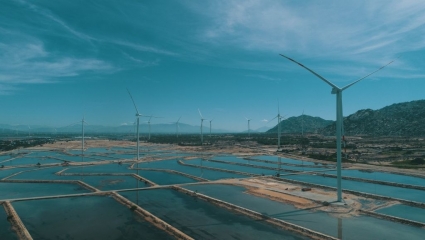
ADB, BIM Wind Sign $107 Million Financing Package to Support Wind Energy in Viet Nam
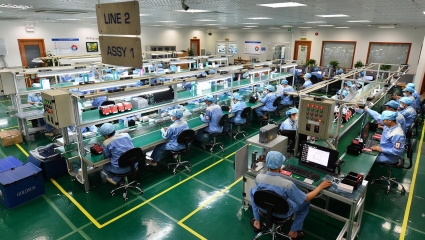
International Agreement to Support Vietnam’s Ambitious Climate and Energy Goals
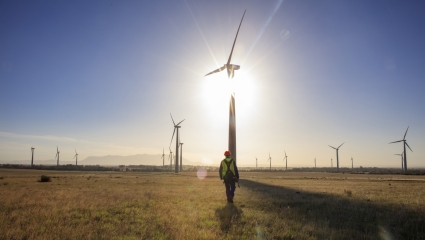
Vietnam to Receive $15.5 billion for Energy Transition

FPT Announced Business Results in the 11 Months of 2022
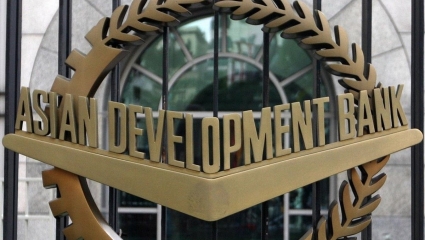
ADB Lowers Growth Forecast for Developing Asia amid Global Gloom

Amazon Announces its Biggest Holiday Shopping Weekend Ever

Unilever Vietnam to Consolidate the Position in Circular Economy

HSBC: The Vital Role of Voluntary Carbon Markets

Archetype Group Celebrated 20 Years of Growth
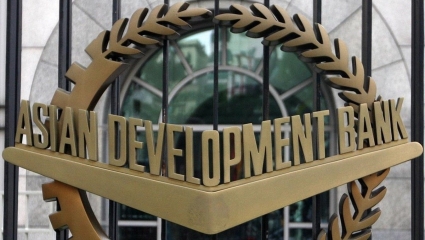
ADB, HAYAT KIMYA to Support for Women and Children’s Lives in Vietnam

HDBank is the Large-Cap Listed Company With the Best Annual Report 2022

Sobanhang Excellently Won the Champion of National Innovative Technopreneur Contest







